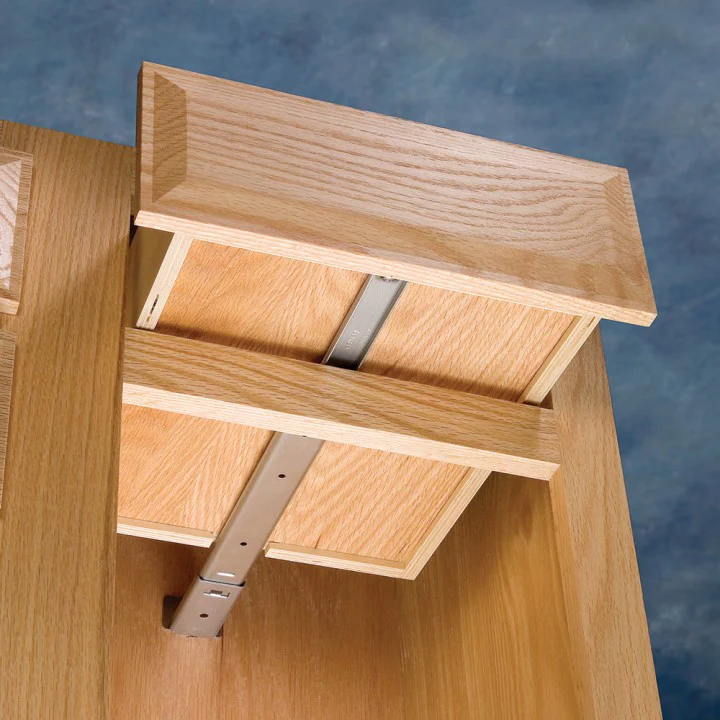How Drawer Slides Size Charts Facilitate Easy Customization of Furniture Drawers
When it comes to crafting or renovating furniture, precision is everything. One crucial yet often overlooked aspect of furniture customization is the drawer slide system. Drawer slides are the mechanisms that allow drawers to open and close smoothly, and selecting the right ones can greatly affect both the functionality and appearance of a piece. This is where drawer slides size charts come into play, offering an invaluable resource for designers, carpenters, and DIY enthusiasts alike. These charts provide detailed measurements and specifications, facilitating easy customization of furniture drawers by helping users select the perfect slide length, mounting type, weight capacity, and extension style suited for their project. Customization starts with size compatibility, and drawer slides size charts simplify this process by breaking down the available sizes in clear and organized formats. Instead of relying on guesswork or trial and error, furniture makers can refer to the chart to identify which slide lengths correspond with their drawer dimensions.

This ensures a perfect fit, preventing issues such as drawers not closing completely or failing to align with the cabinet face. Whether the goal is to install full-extension slides for deeper access or soft-close slides for a smoother, quieter operation, the size chart removes uncertainty and streamlines the planning phase. Another benefit of using drawer slides size chart is that they support different styles of customization depending on the needs of the user. For instance, side-mount, under-mount, and center-mount slides all have different installation requirements and weight tolerances. A detailed size chart helps users understand these distinctions and choose slides based on the design and load-bearing needs of the furniture. For heavy-duty drawers in kitchen pantries or tool cabinets, the chart can guide users toward slides with higher weight capacities. Conversely, for lightweight drawers used in desks or nightstands, a lighter and simpler slide system can be selected. The precision offered by size charts also makes it easier to incorporate aesthetic preferences into the customization process.
For example, under-mount slides offer a cleaner look since they are concealed beneath the drawer, but they require precise sizing and alignment. The chart ensures that such details are accounted for from the start, enabling users to achieve both functional and visual harmony in their projects. Additionally, the availability of dimensional details like slide thickness, screw hole placements, and extension measurements ensures that the finished drawer system not only works well but integrates seamlessly into the furniture piece. Maxave drawer slides size charts serve as educational tools that enhance a user’s understanding of the mechanics involved in drawer functionality. Whether adjusting an existing piece of furniture or creating something from scratch, the chart provides a reliable reference point that saves time and promotes accuracy. In an era where tailored furniture is increasingly in demand, these charts are indispensable for anyone aiming to achieve a professional-level finish in their work. Ultimately, drawer slides size charts transform what could be a complicated aspect of furniture design into a manageable, user-friendly process that supports easy and effective customization.

